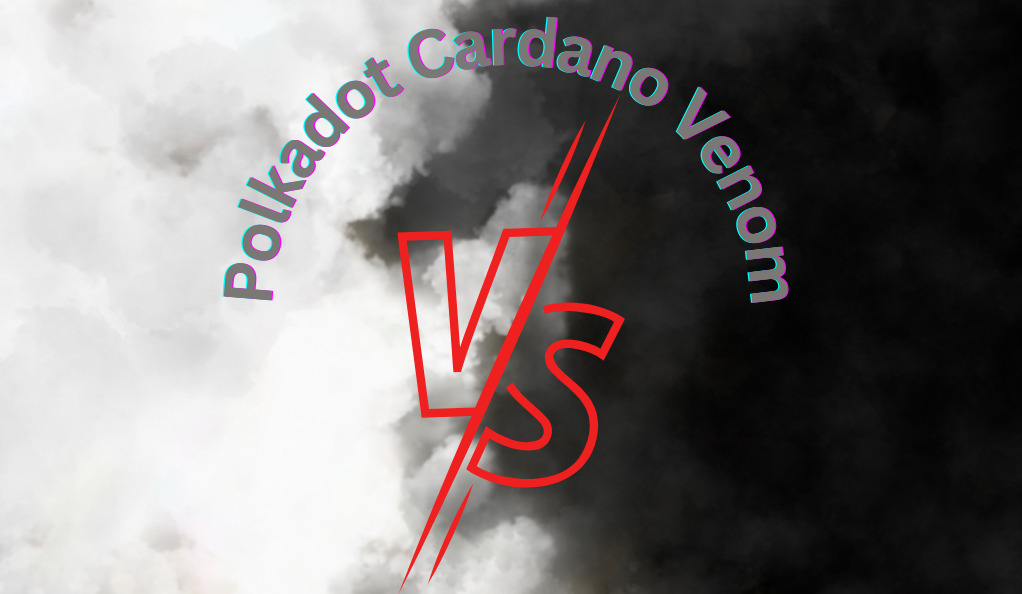Comparing Polkadot, Cardano, and Venom Blockchain Platforms
Blockchain technology has revolutionized numerous industries, from finance to supply chain management, with its decentralized and transparent nature. Polkadot, Cardano, and Venom are three prominent blockchain platforms that offer unique features and technical differences. In this in-depth comparison, we will analyze the key aspects of each platform, providing developers with valuable insights to make informed decisions when choosing the most suitable blockchain solution for their projects.

Key Features and Technical Differences: A Comprehensive Analysis
Polkadot
Polkadot, developed by the Web3 Foundation, is a cutting-edge blockchain platform that focuses on interoperability and scalability. Its key feature is the ability to connect multiple blockchains, enabling seamless communication and data transfer between different networks. This interoperability is achieved through the Polkadot Relay Chain, which acts as the heart of the platform. Polkadot also introduces the concept of parachains, which are specialized blockchains that can be connected to the Relay Chain. This architecture allows for enhanced scalability, as each parachain can handle specific tasks while benefiting from the security and consensus provided by the Relay Chain.
Cardano
Cardano, developed by IOHK, is a blockchain platform that emphasizes rigorous academic research and a robust security framework. One of its key features is the use of a layered architecture, separating the blockchain into two main layers, the Cardano Settlement Layer (CSL) and the Cardano Computation Layer (CCL). The CSL handles transaction settlement and the native cryptocurrency, ADA, while the CCL focuses on smart contracts and decentralized applications (dApps). Cardano also employs a unique proof-of-stake consensus mechanism called Ouroboros, which ensures security and scalability while minimizing energy consumption.
Venom
Venom, developed by a team of blockchain enthusiasts, is a relatively new and ambitious blockchain platform that aims to address the limitations of existing solutions. It combines the benefits of interoperability, scalability, and security. Venom utilizes a hybrid consensus mechanism, combining proof-of-work and proof-of-stake, to ensure network security and efficiency. It also supports the creation of customizable smart contracts using the Solidity programming language, providing developers with a familiar and versatile environment. Venom differentiates itself by offering highly customizable blockchain configuration options, enabling developers to tailor the platform to their specific project requirements.
Polkadot, Cardano, and Venom are three prominent blockchain platforms that cater to various needs and requirements. Polkadot excels in interoperability and scalability, enabling seamless communication between blockchains. Cardano focuses on rigorous academic research and a layered architecture, ensuring security and scalability. Venom offers a combination of interoperability, scalability, and security, along with customizable smart contracts. Depending on the specific requirements of a project, developers can now make a well-informed decision by considering the key features and technical differences of these platforms. The blockchain industry is rapidly evolving, and with these innovative platforms, developers have an array of options to choose from to build robust and efficient decentralized applications.
Ainu Token aims to offer impartial and trustworthy information on cryptocurrency, finance, trading, and shares. However, we don't provide financial advice and recommend users to conduct their own studies and thorough checks.



Comments (No)